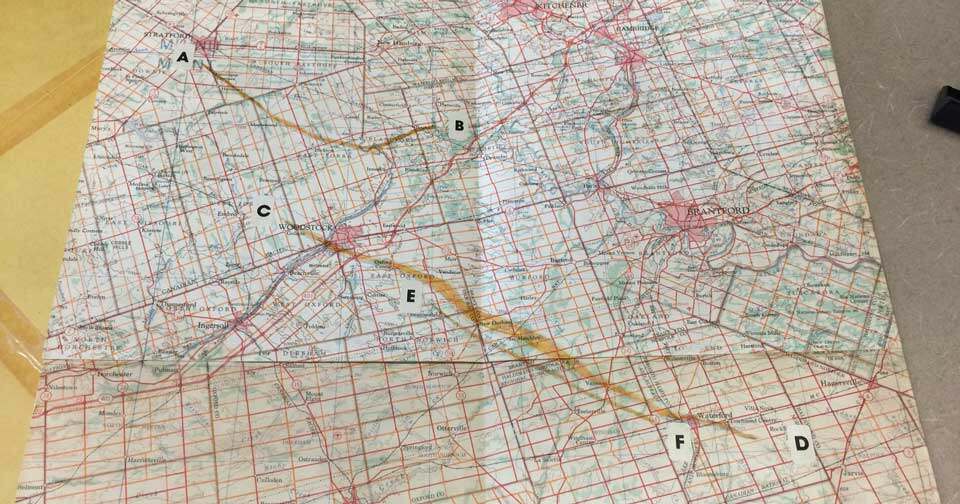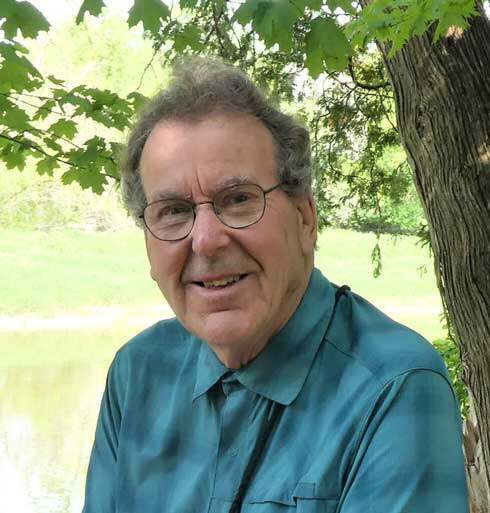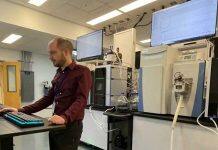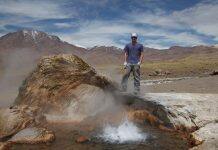

A new comprehensive digitized tornado archive at Western provides a deep dive into severe weather events of the past including the 1979 Woodstock, Ont. tornado with news clippings, photographs, investigation reports and analyses dating back to 1792.
The Michael Newark Digitized Tornado Archive is the result of years of dedicated efforts to preserve and make accessible Canada’s rich history of tornado data, most of which was originally compiled by the archive’s namesake Michael Newark.


A retired Environment Canada (EC) meteorologist, Newark is a pivotal figure in the history of tornado research in Canada. He created the country’s first national tornado database, a treasure trove of information that spanned decades of meticulous record-keeping.
“When I started this work, I never imagined it would become such an extensive archive,” Newark said. “We did the best we could with the resources we had, and seeing it digitized today is truly gratifying.”
Newark began his work on the tornado database in response to a lack of comprehensive information on tornadoes in Canada. “As a meteorologist, I used to give weather commentaries on CBC Radio. I was asked about a devastating tornado in Windsor in 1974 and realized I didn’t have the answers. That prompted me to start compiling this data,” he said.
When David Sills, Northern Tornadoes Project (NTP) executive director, joined Western from Environment Canada in 2019, he intended to bring the physical archives with him.
“Environment Canada wouldn’t part with the physical archives, unfortunately, but they agreed to have them digitized so we could have an online archive at Western,” Sills said. “It has taken several years for the stars to align, but we now have all of the Ontario events uploaded and are starting on the files for the rest of the provinces.”
“We’ve worked hard to get to this point, and having Michael to celebrate is incredibly special. He’s long retired, but his contribution to this field is monumental,” said Sills at a launch event on July 25th.


The platform not only preserves historical data but also enhances current tornado documentation and research.
“This project is especially important from an access standpoint. The digitized files are not only preserved but are openly available for anyone to access on a platform that’s easy for users to navigate. This archive draws a direct line between past and present approaches to tornado research by providing invaluable historical context that compliments the ongoing work of the Northern Tornadoes Project,” said Western Libraries assistant Arielle Vanderschans, who worked on the project.
The digitized archive is an invaluable resource for meteorologists, emergency planners, insurers, and researchers. It allows for a better understanding of tornado risks, enabling improved forecasting and preparedness.
“In some cases, NTP has been able to use this source material to enhance event documentation,” Sills said. “In other cases, we’ve been able to update or revise events in the archive as we come upon new evidence or new science.”
“It’s about building that knowledge base,” Newark emphasized. “The more you know about tornadoes – where they occur, when to expect them, and how severe they might be – the better prepared you can be. This archive aids in that understanding.”
Newark’s dedication to tornado research was driven by a personal commitment to finding answers. His work, now digitized and accessible to all, provides a foundation for future advancements in meteorology.
“It’s wonderful to see how far things have come. Modern technology has advanced our ability to study and understand tornadoes in ways I never imagined. I’m grateful to have played a part in this journey,” he said.
The collaboration between Western Libraries and NTP has not only preserved an important historical archive but also paved the way for continued research and education in tornado science.







































